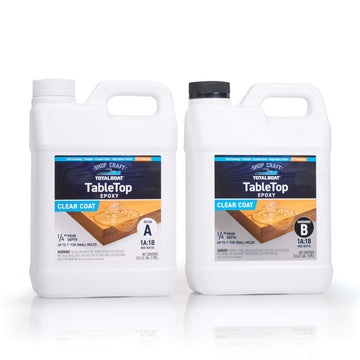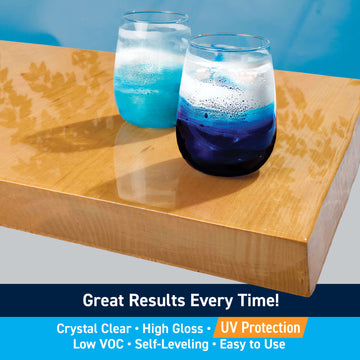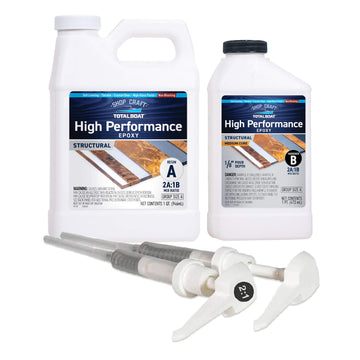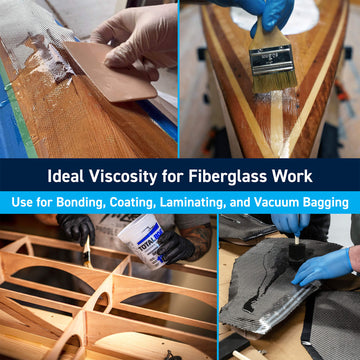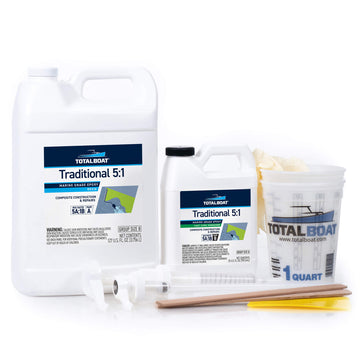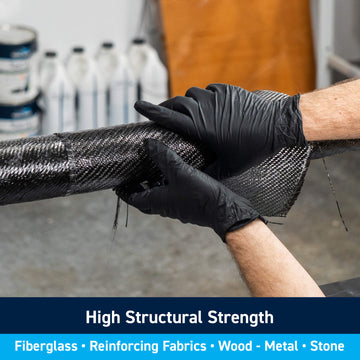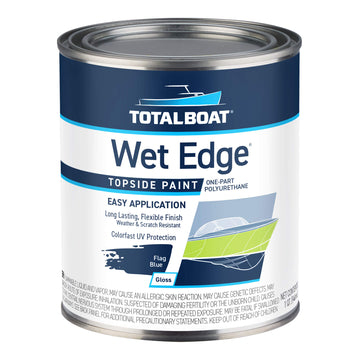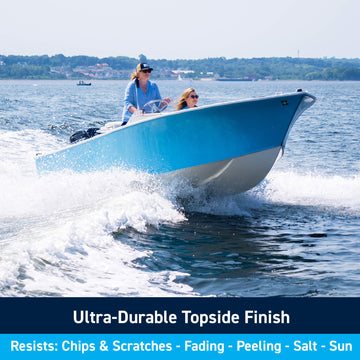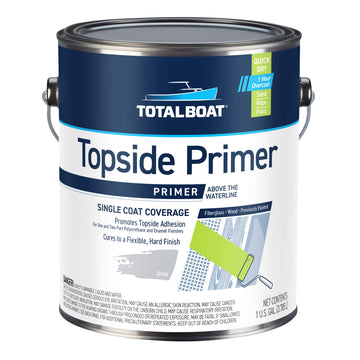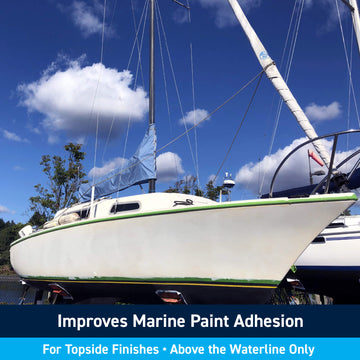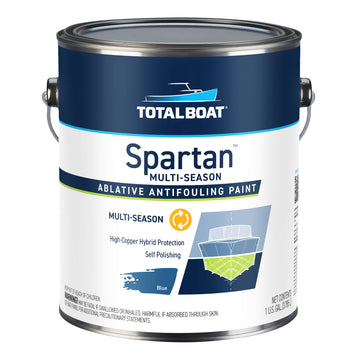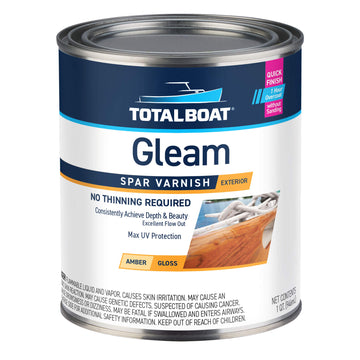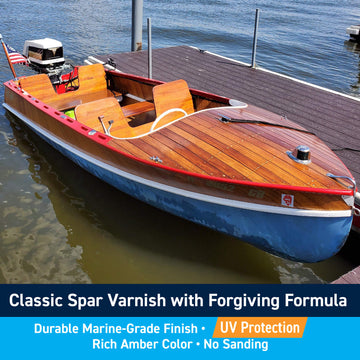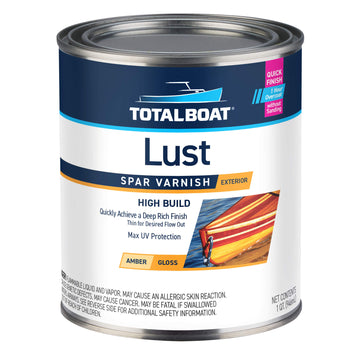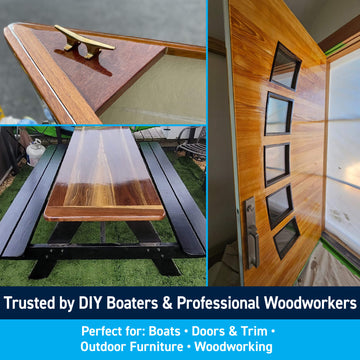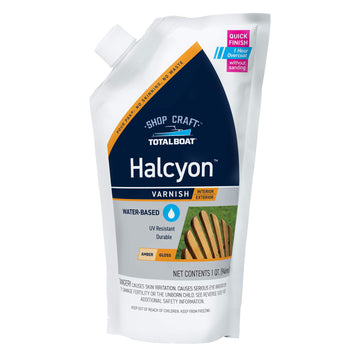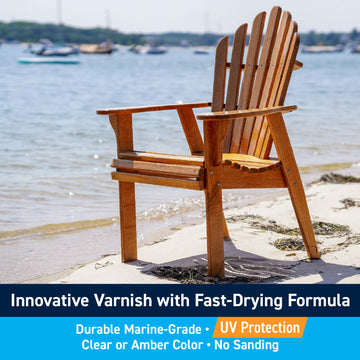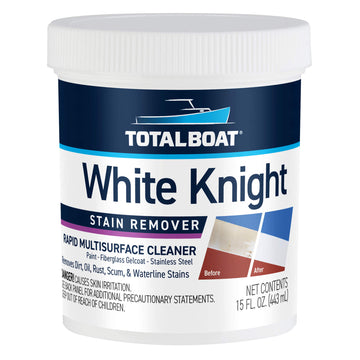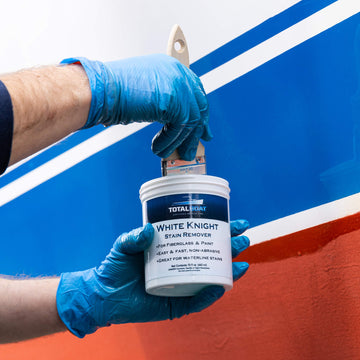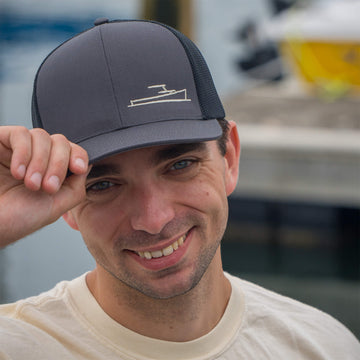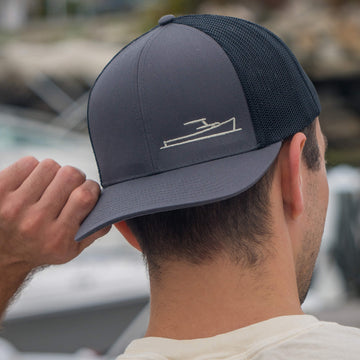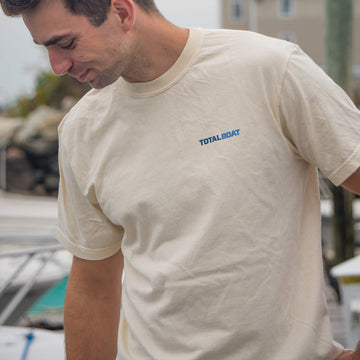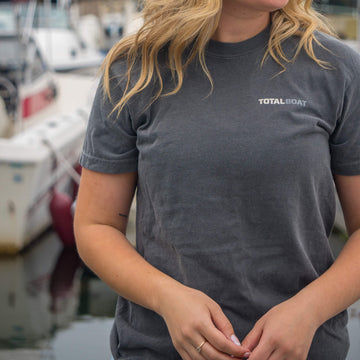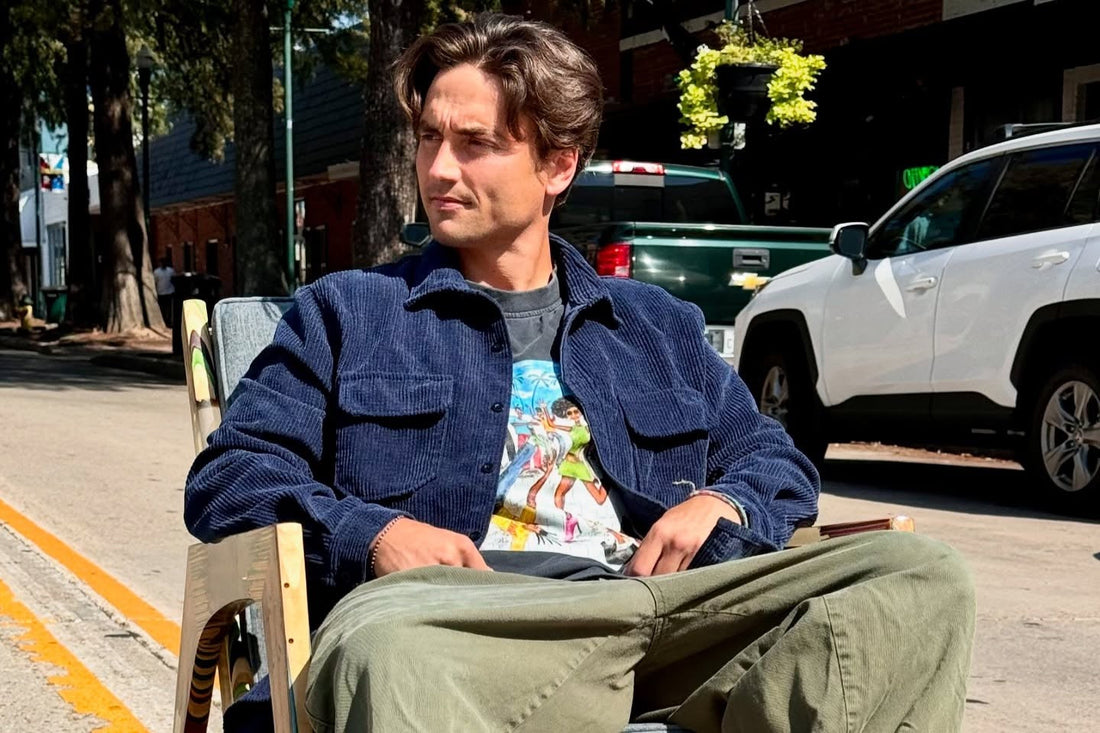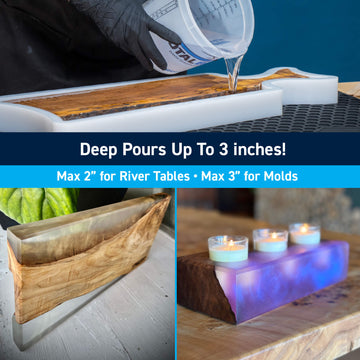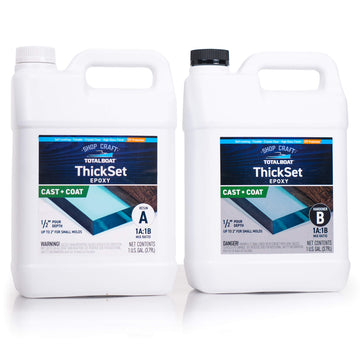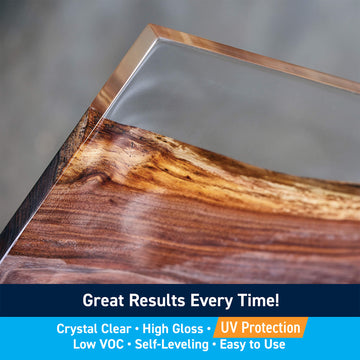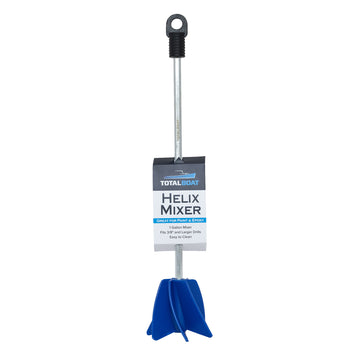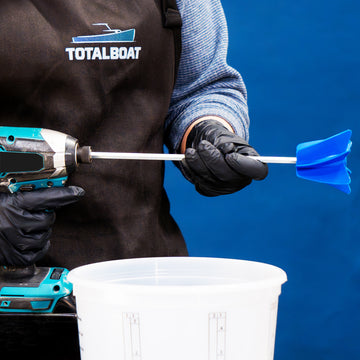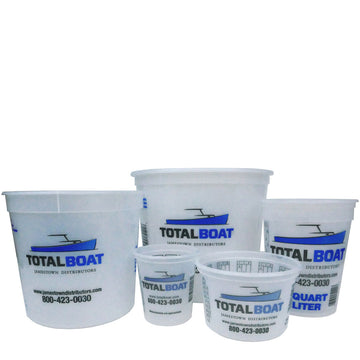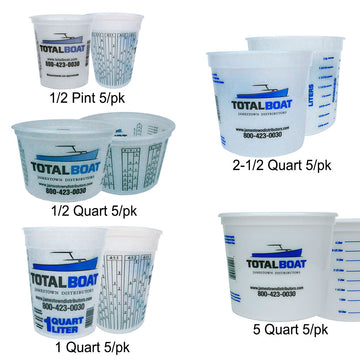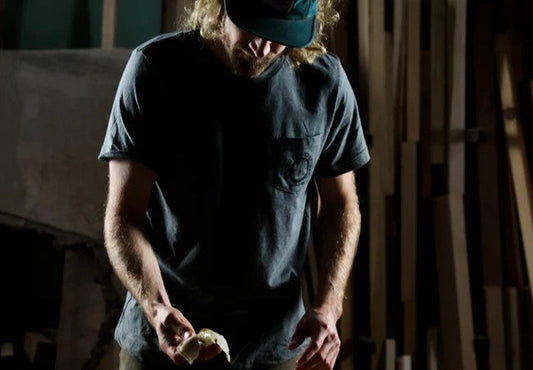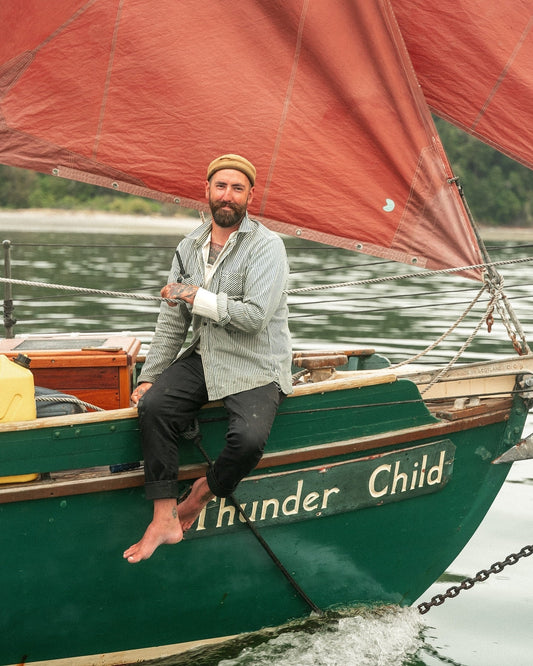Welcome to our creator spotlight featuring Daniel Barousse, the designer, craftsman, and lifelong skateboarder behind Barousse Works. Barousse Works is not just a workshop; it’s a creative studio rooted in the powerful philosophy that "Art from what’s been ridden. Purpose in what’s been discarded". Daniel transforms broken and recycled skateboards into unique, one-of-a-kind furniture, art, and storytelling pieces, giving new life to boards once destined for the landfill.
Daniel brings generations of experience to his craft, having been introduced to carpentry by his dad and grandfather in Lafayette, LA. He blends this traditional woodworking foundation with modern design and the raw spirit of skateboarding culture, a passion he has been a part of since the age of 11. The result is a stunning collection of work, including custom knives, bowls, pens, and high-end heirloom furniture.
What truly draws Daniel to his medium is the unique energy embedded in each piece of wood. He believes that every board carries the dedication and positive intention of someone who has chosen to invest their time in learning and growing. This commitment to sustainability and positive transformation, the idea of "good energy in, good energy out," is at the core of everything he creates.
We were able to get time with Daniel to ask him some questions about his journey with Barousse Works. Below, he shares insights into the origins of Barousse Works, his detailed process for turning used decks into functional art, and the ambitious challenge of converting a 10x20 shipping container into a mobile workshop now shipping to Costa Rica.
__________________________________________________________________________________________
Barousse Works was born from your love of woodworking and skateboarding. Can you tell us how those two passions came together to form your brand?
Absolutely. My journey started with a deep love for skateboarding early on, and later in life I discovered a passion for woodworking. The pivotal moment came when I encountered the work of a Japanese artist named Hiroshi, who specialized in crafting pieces from recycled skateboards. That inspiration really brought my two passions together and formed the heart of the Barousse Works brand.

You work almost exclusively with recycled skateboards. What draws you to this material, and how does it shape the final design of your pieces?
What draws me to recycled skateboards is the unique energy each board carries. Every skateboard I use has been ridden, filled with the dedication of someone who chose to put their time into learning and growing rather than taking an easier escape. In a sense, every piece I create has a bit of those kickflips and that positive, constructive spirit embedded in it. For me, it’s all about putting good energy in and getting good energy out.
What inspired your recent decision to convert a shipping container into a mobile workshop—and why Costa Rica?
About three years ago, while I was in Costa Rica—the place where I first learned to surf—I had this vision. After a morning of surfing and a mid-morning skate session, I was sitting on the beach wishing I could have my workshop right there with me. That’s when the idea of a mobile shipping container workshop came to life. And I specifically chose Costa Rica as the first destination because it’s the place that resonates most deeply with my soul. I wanted to be somewhere in nature that truly inspired me to create and to be myself, and Costa Rica felt like the perfect fit.
What were the biggest design or construction challenges in building out the container shop, and how did you solve them?
One of the most significant design challenges was incorporating the glass elements. Once I managed to get the glass in place—which was a crucial detail and something I had no prior experience with—everything else felt a lot more manageable. Another key challenge was ensuring that everything fit inside the container in a way that allowed my workflow to remain smooth and efficient. Ultimately, I’m really proud of how it all came together.

Now that you’re working out of the container full-time, how has it changed the way you work or the projects you take on?
Working full-time out of the container has really changed my approach. In my larger shop, I could juggle multiple projects at once, but the smaller space of the container has made me focus on just one task at a time. I’ve actually come to appreciate that because it’s helped me strengthen my focus and become a better craftsman overall. The container really encourages me to dive deeply into one project at a time, and that’s been a surprisingly positive shift.
What’s your typical process like—from sourcing used skateboards to turning them into functional art?
My process begins by sourcing used skateboards through the skate shops I partner with. We usually arrange a time to collect and process a batch of old boards all at once to keep things efficient. The first step is removing the grip tape, then flipping the boards over to strip off any paint, stickers, and residue. After that, we glue the cleaned boards together using our custom presses. This gives us a raw piece of lumber that we can then mill down according to the needs of each specific project. In short, it’s a step-by-step transformation from old skateboards into functional art pieces.

Watch the process video behind his mid-century modern coffee table made from recycled skateboards and TotalBoat epoxy!
Do you have a favorite piece you’ve made so far? What’s the story behind it?
Honestly, I feel like each new piece I create becomes my favorite because it represents my evolution as an artist. While others might just see a table or a sculpture, I see a piece that symbolizes overcoming the challenges in my life. For me, finishing a piece is like a form of spiritual alchemy—transforming the tough moments into something positive and tangible. In the end, that positivity is reflected in every piece of art I make.


How do you blend traditional carpentry techniques with modern design aesthetics in your work?
One of the things I love incorporating into my pieces is traditional inlay work, particularly bowtie inlays. Every time I create one, I think of my grandfather, who taught me the technique and passed down that piece of woodworking history to me. It’s a very traditional form of carpentry, but I put my own modern twist on it by using bits of recycled skateboards for the inlay. In that way, I’m blending the old and the new, infusing a traditional technique with my own personal history and the unique materials I work with.

Sustainability is at the heart of your business. What does it mean to you to give a second life to discarded skateboards—and how does that reflect your values?
For me, giving a second life to recycled skateboards isn’t just about reuse—it’s about extending the lifecycle of something that would otherwise end up in the trash. I’m taking all the energy that was poured into these boards by kids who chose to skate and do kickflips instead of something negative, and I’m channeling that positive spirit into each piece of art. It’s all about “good energy in, good energy out,” and that reflects my core values of sustainability and positive transformation.
_____________________________________________________________________________________________
To explore the continuing journey of Barousse Works, see the latest handmade creations crafted from recycled skateboards, make sure you are following him on Instagram and YouTube. To bring a piece of this inspiring journey into your own world, visit Barousse Works shop.
